Introduction
Feeling a bit lost when it comes to starting your first trekking adventure? No worries! This blog is here to clear up that confusion. We've consulted experts and compiled key information about trekking. After reading, you should have a clearer understanding and plan for your trekking.
What is Trekking?

Trekking means going on a long, exciting journey, usually by walking, especially in mountains or wild areas. It includes walking over long distances, often to explore nature and tough terrains. Many people who love adventure and want to connect with nature enjoy trekking as a popular outdoor activity.
What are the Differences Between Trekking and Hiking?

Trekking and hiking, are two activities most outdoor enthusiasts enjoy. The dictionary definitions for these terms are quite similar. However, they are not synonymous. Hiking is simpler and more relaxed, often referring to a day of walking. Trekking, on the other hand, is relatively more challenging. It requires more time and covers greater distances than hiking. Trekking often emphasizes outdoor walking lasting more than a day.
Essential Tips for Trekking Beginners
1. Start Training Early

Trekking can be a bit of a physical challenge, so it's essential to start exercising early. Begin with short distances and gradually increase to the length you plan to trek during your vacation. It's important to balance exercise with rest to allow enough time for recovery. Also, consider wearing proper trekking shoes and socks to enhance your trekking experience.
2. Choose an Easy Route to Start

For beginners stepping into trekking, it's advisable to join a trekking group initially. Having company makes the journey much easier. Opt for a relatively simple route, preferably not too long. Early trekking experiences should focus on two things. First, get familiar with the physical demands of multi-day treks. Second, practice outdoor skills. Learn how to conserve energy and master the art of packing efficiently.
3. Inform Others of Your Route and Departure Time

It's recommended to let someone other than your trekking group know your exact departure time and location. Trekking routes often lead through less-equipped wilderness areas. Providing advance information about your route improves the safety level of your trip. If you need to pre-register to enter a mountainous area or park, make sure to sign in before. This step ensures that search and rescue teams can be sent quickly in case of emergencies.
4. Carry Essential Gear

When trekking, it's crucial to know exactly what equipment and food you'll need on your journey. Start by choosing a compact and lightweight backpack with ample space. Essential items include a clothesline, clips, a satellite phone, a sun hat, trekking poles, a water bottle, sleeping gear, a first aid kit, sunscreen, food, water, and extra clothing. Additionally, supplement your gear based on the following checklist:
1) Food and Water: Ample water and food are vital during trekking. Don't forget protein-rich snacks for energy. Such as chocolate, granola bars, nuts, and dried fruits.
2) Sleeping Gear: Opt for a lightweight tent, waterproof hammock, or sleeping bag. Choose materials that are waterproof and durable.
3) Clothing: Include spare underwear, T-shirts, shirts, trekking pants, a lightweight jacket, a hooded sweatshirt, shorts, quick-drying towels, hiking boots, and socks. Always carry extra shoes. Additionally, prepare clothing for unexpected weather. Such as snow jackets, raincoats, windbreakers, waterproof ponchos, hats, and sunglasses.
4) Pegiant MItos Y700 Portable Power Station: The Pegiant MItos Y700 is an essential gear for trekking adventures. It ensures your communication devices stay charged. So you'll get to ask for help timely in case of emergencies.

For a stable power supply during trekking, the Pegiant MItos Y700 comes into play. With its globally pioneering crossbody bag-style design, it truly liberates your hands. It is worry-free to carry around. The ultra-fast charging technology can charge up to 80% in just 50 minutes (AC charging). With a capacity of 307Wh, it's perfect for trekking, short camping trips, and off-grid activities. Providing 700W power output, it powers 90% of outdoor devices. The front is equipped with LED lights, illuminating the surroundings while supplying power at night. Its multiple ports allow simultaneous charging of devices like tablets, laptops, and phones. Up to 10 devices at the same time. It'll make your journey more enjoyable and comfortable.
Using lithium iron phosphate battery cells, it boasts a lifespan of up to 10 years even with daily use. The latest BMS system ensures enhanced safety. The Pegiant MItos Y700 is globally recognized for its durability, portability, and uniqueness in the solar energy market. It even has a remarkable feature. It can be paired with the Pegiant MItos PV100 solar panel, converting free, unlimited, and clean solar energy into electricity.

The Pegiant MItos PV100 solar panel is 44% lower in storage height, and 24% lighter than similar products. With a high conversion rate of 22.5%, it maximizes sun ray utilization.
For short-term trekking, the Pegiant MItos Y700 is sufficient for your power needs. If you want a continuous power source, the Pegiant MItos Y700 solar generator is undoubtedly your best companion!
5. Preparing a First Aid Kit

Make sure you have a basic first aid kit, including any personal medications you might need. Items like cotton, bandages, antiseptic solutions, moisturizers, adhesive bandages, pain relief creams or sprays, and more should be included. If space allows, consider carrying more comprehensive supplies, such as common medications for illnesses, insect repellent, sunscreen, and salt for leeches.
6. Take long strides on flats, short steps on hills

Trekking is a physically demanding activity. Learning a few tricks can make your walking experience more comfortable. When walking on flat terrain, take slightly larger steps. This helps in swinging your arms, propelling your strides forward. For uphill and downhill sections, take small, measured steps. This way, uphill climbs won't be too exhausting. Downhill descents will also minimize potential damage to the knees.
7. Take Adequate Breaks, Adjust Your Pace

The ultimate goal of trekking is to appreciate the beauty of the journey and connect with nature. Therefore, allow yourself moments to stop and rest. Don't rush the journey, and don't let the pace of other trekkers influence you. If you feel tired, take an immediate break. Consider resting for 5-10 minutes every hour. Use this time to hydrate and regain your strength.
8. Avoid Littering Carelessly

Whether it's trekking or any other outdoor activity, always remember to protect the environment. While trekking, you may generate some waste, but don't litter randomly on the ground. Place it in a plastic bag and dispose of it properly at an appropriate waste disposal point.
9. Be Prepared for the Worst
Even with proper equipment, unforeseen circumstances can occur. For instance, you might be unable to reach your designated camping site for an overnight stay. While we hope to minimize such occurrences, it's wise to be prepared. Carry some dry rations to sustain your energy. Ensure your satellite phone has a signal for emergencies. Maintain a positive mindset in the face of the uncertainties that outdoor adventures may bring.
Where to Go Trekking?

If you, as a beginner, are unsure how to choose your own trekking route, don't worry. The following is a selected list of trekking routes worldwide. These routes are suitable for trekking beginners. This is because they require less experience. It will be easier for beginners to enjoy the journey.
1. Appalachian Trail (USA):
- Characteristics: One of the longest continuous footpaths worldwide. It passes through diverse landscapes like forests and meadows.
2. Inca Trail (Peru):
- Characteristics: Leading to the iconic Machu Picchu. This trek combines Incan ruins, mountain scenery, and lush cloud forests.
3. Tour du Mont Blanc (France, Italy, Switzerland):
- Characteristics: Circumnavigating Mont Blanc. This trek offers stunning alpine views and passes through charming European villages.
4. Annapurna Circuit (Nepal):
- Characteristics: Encircling the Annapurna Massif. It provides a mix of landscapes from subtropical forests to high-altitude deserts.
5. Cinque Terre Coastal Trail (Italy):
- Characteristics: Along the Italian Riviera. This trail connects picturesque coastal villages with breathtaking views of the Mediterranean.
These routes vary in difficulty. But they are generally considered suitable for beginners. Because it offers a mix of natural beauty and cultural experiences.
Conclusion
The tips mentioned come from experienced trekkers and aim to help with your trekking. Choosing trekking might open up a new world for you. It provides a fascinating and exhilarating experience. You'll spend at least a week to explore the nature closely. It's also a chance to make new friends who share similar interests. Remember to bring the Pegiant MItos Y700 portable power station. Make sure you have a safe and reliable power supply during the journey.

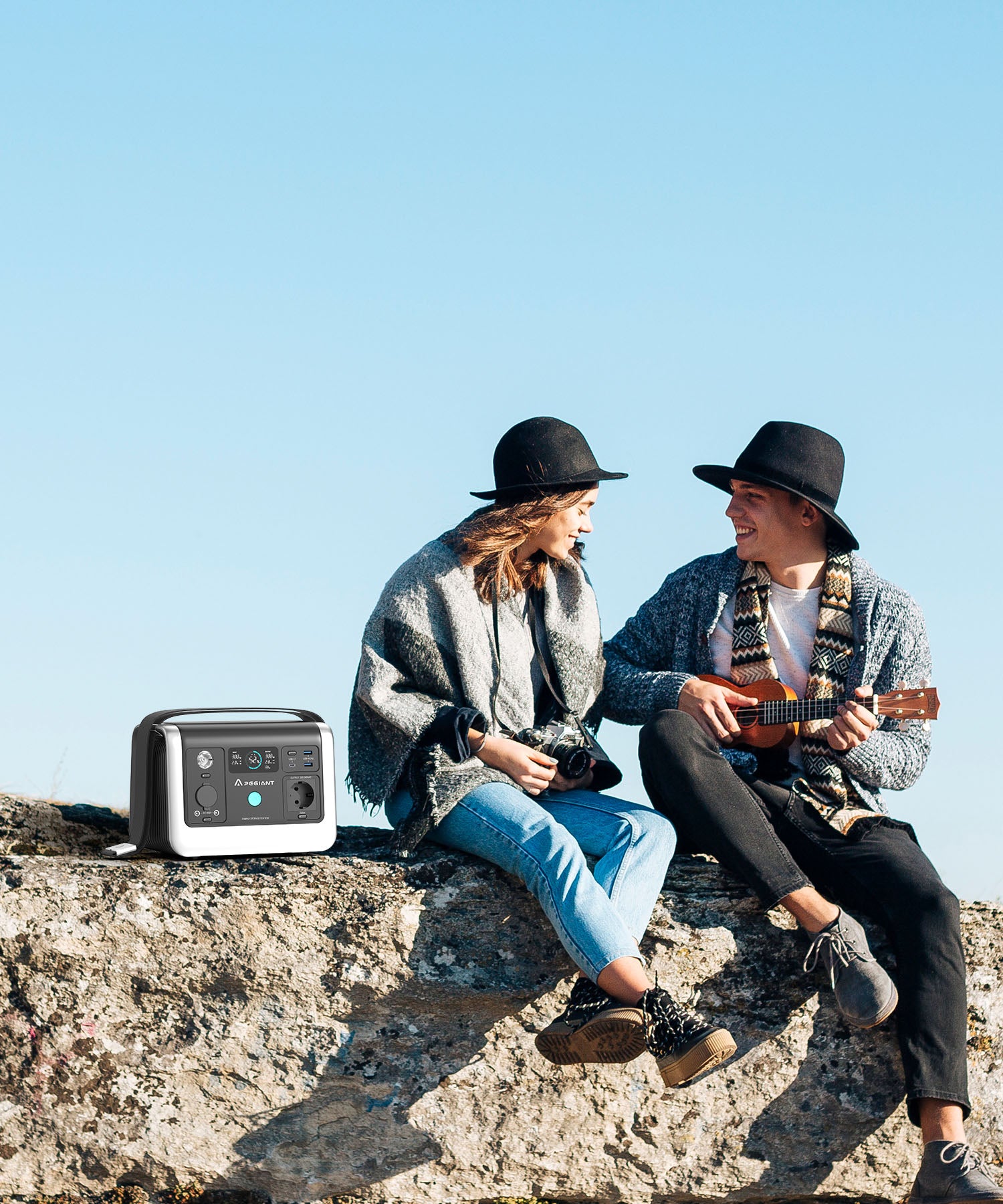
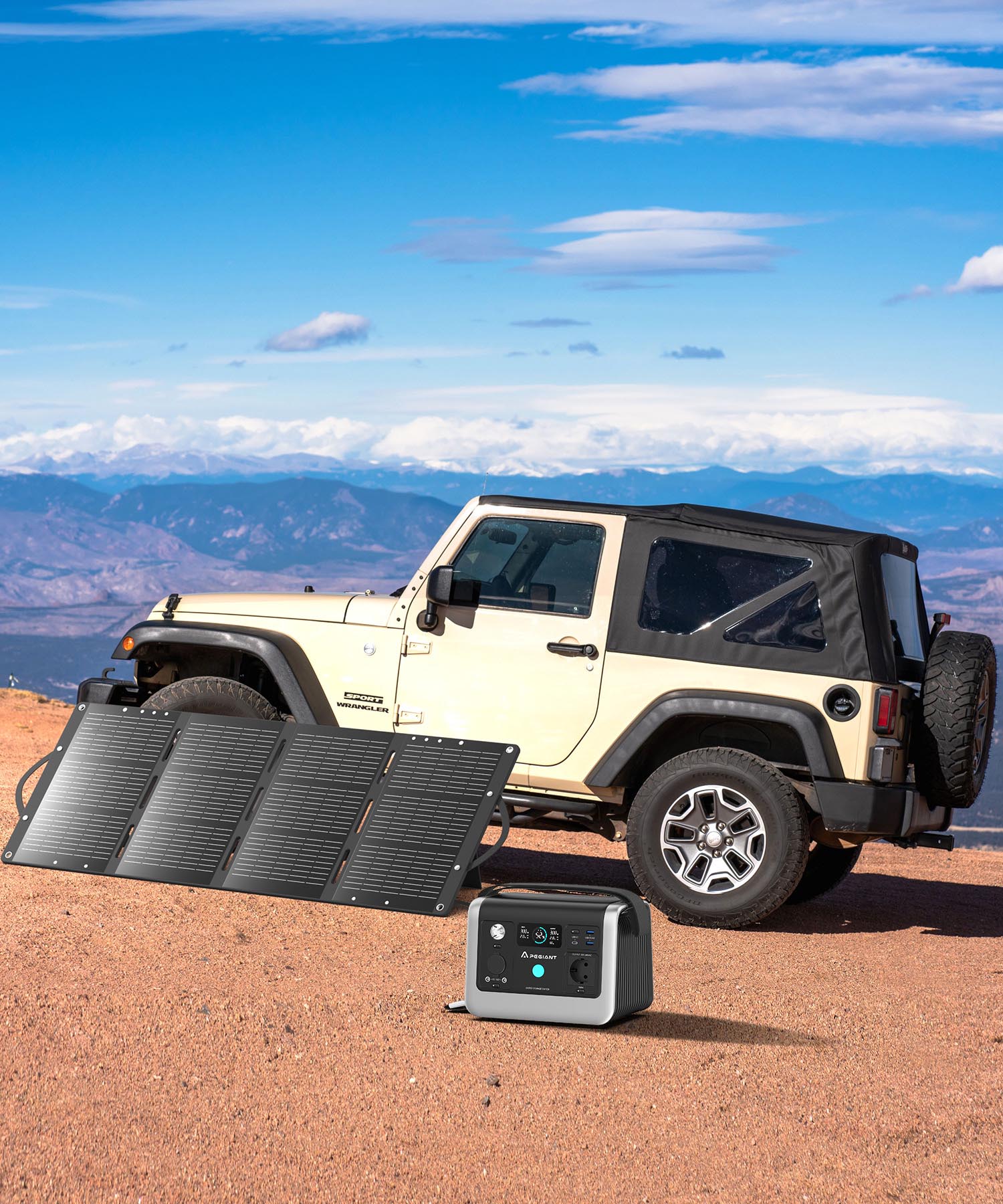

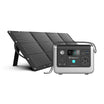
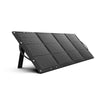

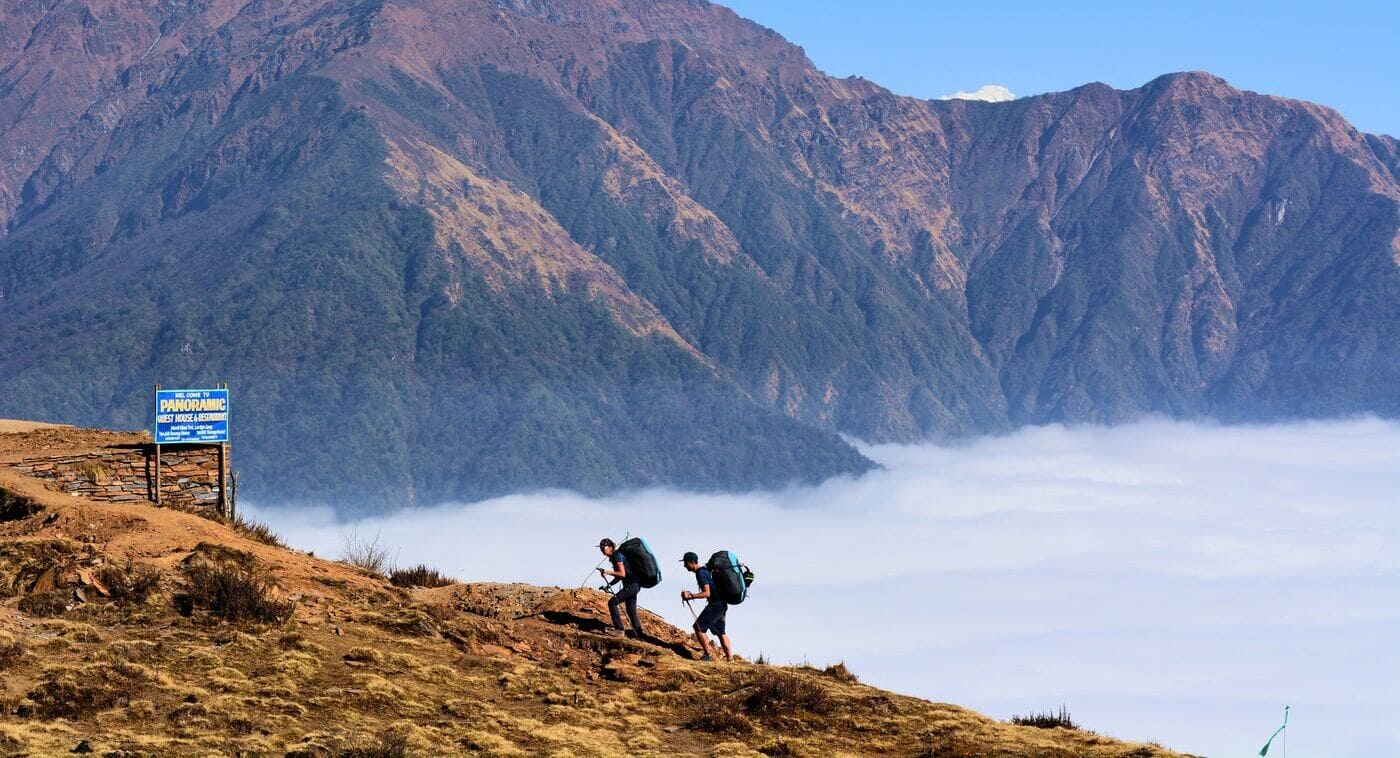
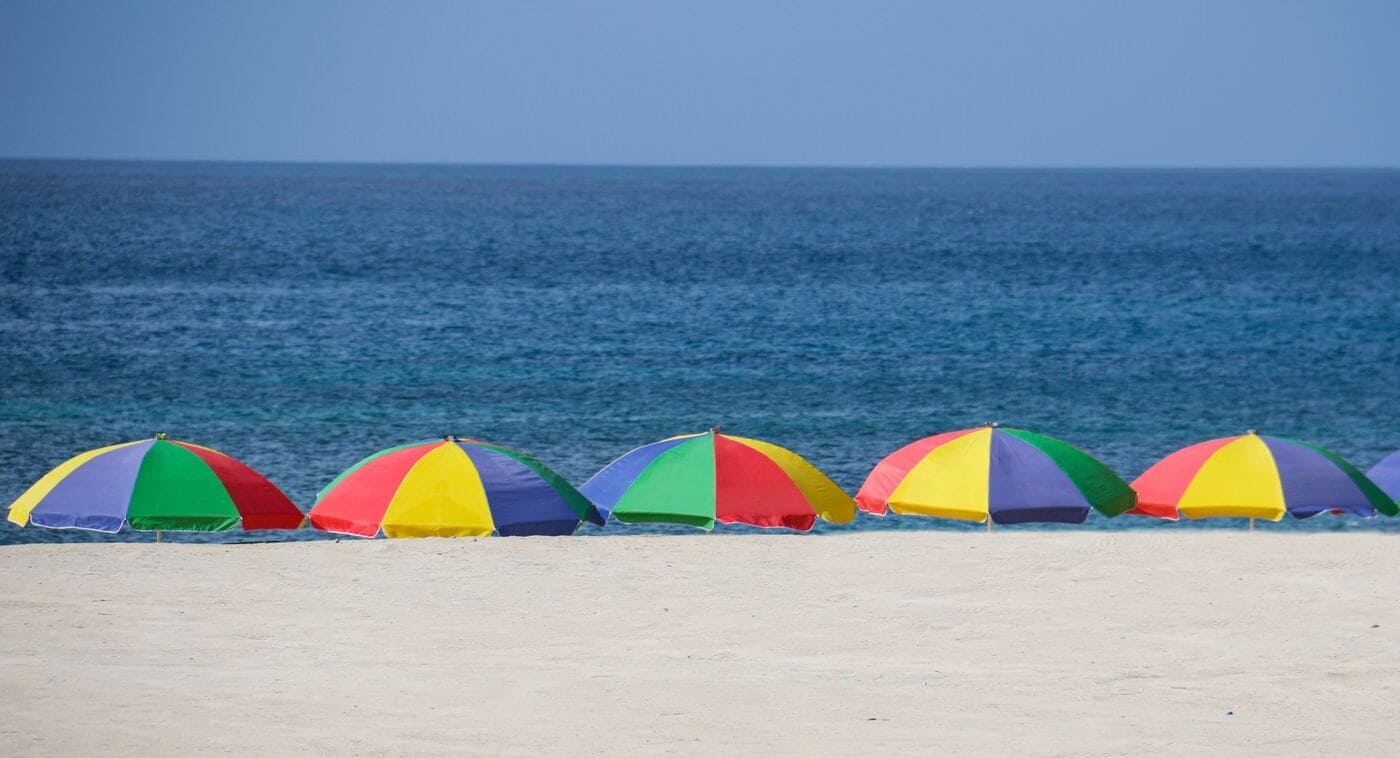
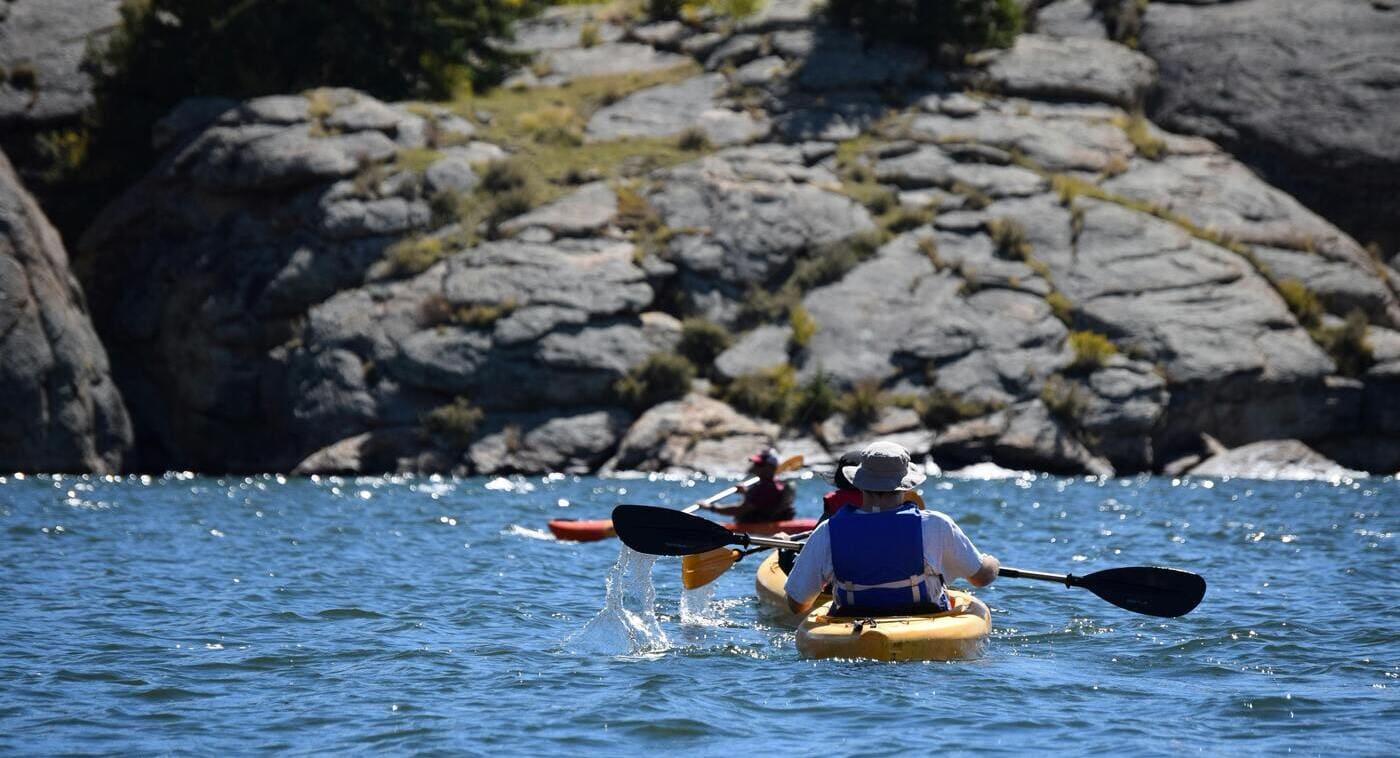
Leave a comment
This site is protected by hCaptcha and the hCaptcha Privacy Policy and Terms of Service apply.